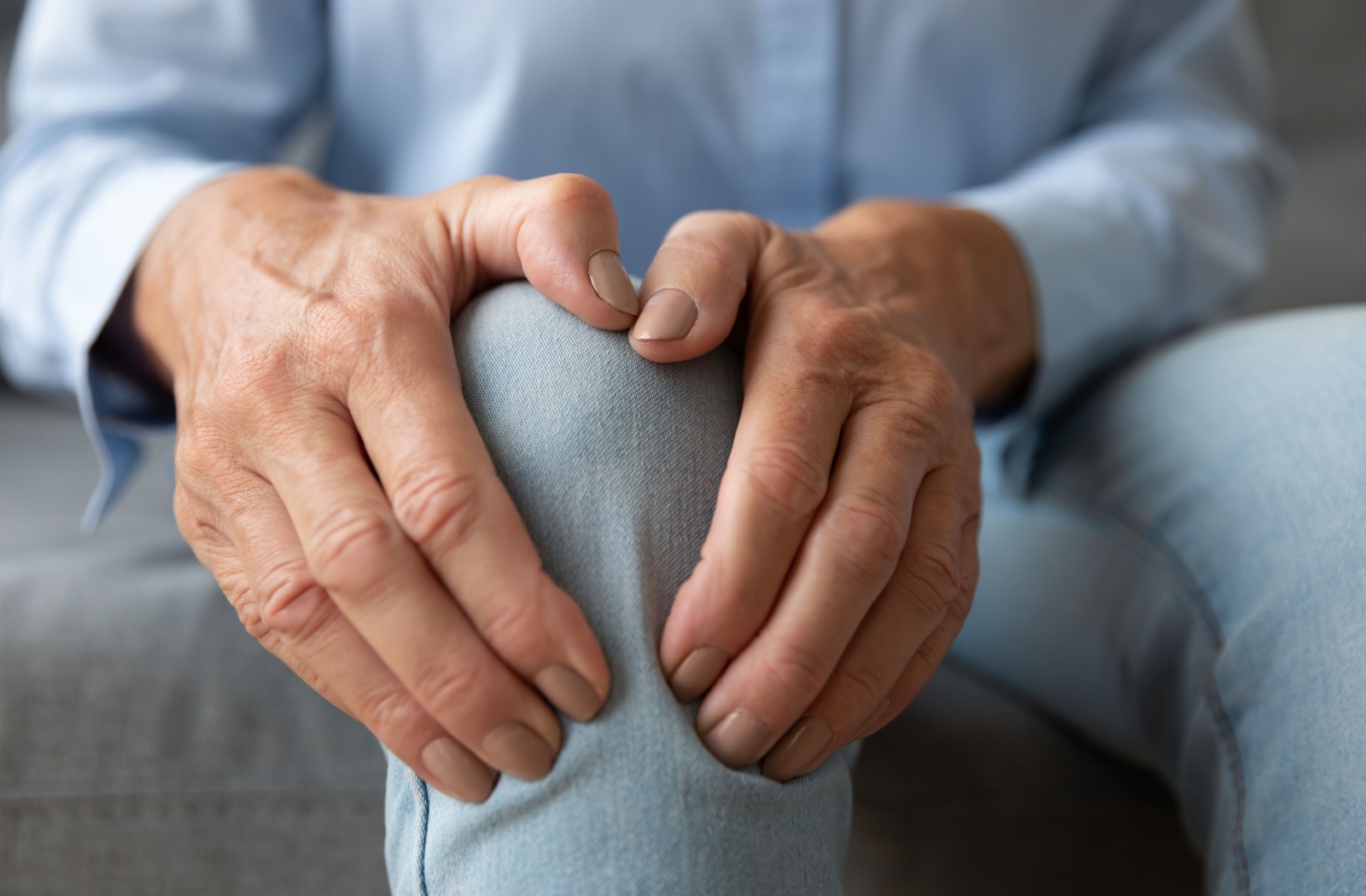Joints are the backbone of your mobility. They’re the key to staying active and independent with age. However, over the years, your joints can weaken, and this can quickly compromise your quality of life. There’s plenty you can do to slow these effects and maintain your comfort. It just takes a few minor changes to your routine.
First, it helps to learn what causes joint discomfort in the first place. Then, with a combination of exercise, dietary changes, and lifestyle adjustments, you can improve your joint health.
Common Causes of Joint Pain in Aging Adults
Aging naturally impacts your joints. It’s a part of the aging process, and this is entirely normal. This tends to develop due to:
- Everyday wear, which occurs after decades of regular activity
- Loss of cartilage, the tissue that cushions and protects your joints
- Muscle mass reduction, a common result of age, called sarcopenia
- Health conditions, such as arthritis or other inflammatory issues
- Poor lifestyle habits, like a lack of movement or nutrient deficiencies
All of these factors naturally increase the risk of weaker joints.
When Should Joint Pain Be a Concern?
Mild discomfort is often manageable at home. However, some symptoms demand professional attention. If you notice any of these, consider reaching out to a doctor:
- Severe swelling in the joint area
- A sharp or persistent pain that doesn’t ease
- Unusual redness or warmth around the joint
- Complete loss of mobility or trouble bearing weight
- Any pain caused by an injury
These symptoms may indicate more severe issues, such as infections or injuries. Seeking help early can prevent further complications and protect your overall mobility.
Practical Tips for Supporting Healthy Joints
To protect your joints as you age, you’ll need to make a few changes. Fortunately, these simple adjustments can make a big difference.
Choose Low-Impact Activities
Exercise is good for joint health. However, high-impact workouts could cause overuse or injury. Instead, focus on gentle movements that are easier on your joints while improving strength and flexibility.
Some great senior-friendly low-impact activities include:
- Walking or using a stationary bike for cardio
- Swimming or water-based fitness activities like aerobics
- Yoga and Tai Chi, which promote flexibility
- Strength training with light weights or resistance bands
While staying active, listen to your body. If you experience discomfort during any physical activity, pause or adjust your position to avoid strain. This reduces the risk of lasting damage due to extreme exercise.
Focus On an Anti-Inflammatory Diet
The food you eat doesn’t just affect your overall health. They also impact joint function, too. Filling your plate with nutrient-dense, inflammation-reducing options will fuel your body. Meanwhile, it also protects your joints from inflammation.
Some ideal foods for seniors include
- Fatty fish, like salmon or sardines, rich in omega-3 fatty acids
- Fruits such as berries, oranges, or cherries, packed with antioxidants
- Leafy greens like spinach and kale, full of helpful vitamins
- Nuts and seeds, including walnuts or flaxseeds, for healthy fats
With foods like these, you’re giving your body the tools it needs for better joint support.
Adjust Daily Routines to Reduce Strain
How you move can either protect or harm your joints. Making a few small changes in your daily habits can go a long way in preventing damage.

Try to work on:
- Practicing proper posture while sitting or standing
- Taking regular breaks from prolonged activities to stretch
- Wearing comfortable, supportive shoes during daily activities
- Using tools or supports, like ergonomic furniture, for added comfort
These adjustments don’t just reduce strain on your joints. They help you feel better overall.
Maintain a Healthy Weight
Carrying extra weight places added stress on your knees, hips, and spine. This can quickly lead to long-term discomfort and joint pain.
Ideally, you should aim to maintain a BMI within the healthy range of 18.5–24.9 to take unnecessary pressure off your joints. This helps keep your joints more comfortable in your everyday life.
A combination of a nutrient-focused diet and lighter activity can help you achieve your goals. Even small, consistent steps add up over time! By making changes like these, you can steadily work towards healthier, more comfortable joints.
Staying Active & Comfortable as You Age
Taking steps to protect your joints is an investment in your overall well-being and independence. You deserve an active, healthy, and comfortable lifestyle, and all of these changes contribute to this. With small adjustments to your exercise routine, diet, and lifestyle, you can reduce the risk of joint pain and stay healthier.
Here at Washington Pointe Last Colinas, we’re ready to support you every step of the way. We offer plenty of wellness options, including on-site fitness programs and access to our pool, to make it easier than ever to maintain healthier joints. Schedule a visit with our team today!









